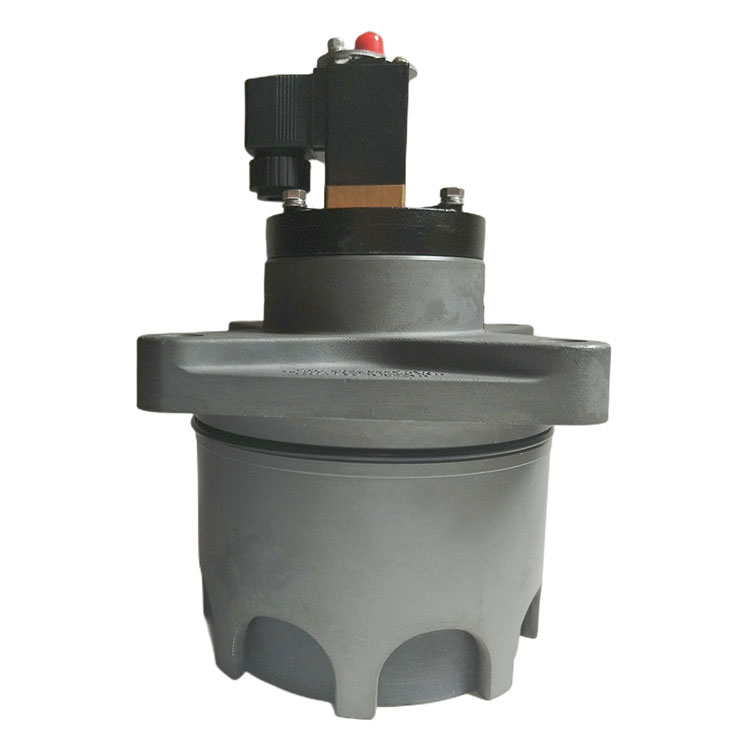How to Optimize Industrial Dust Collection Efficiency with Pulse Valves?
2025-04-22
Pulse valves play a critical role in dust collection systems, ensuring efficient and reliable operation in various industrial environments. These valves are specifically designed to deliver sudden bursts of compressed air, which are essential for cleaning filter bags or cartridges in a dust collector. By releasing a quick pulse of air, they dislodge accumulated dust and allow the filtration system to maintain high performance over time. This process not only improves air quality but also extends the lifespan of the filters, making pulse valves an important component in maintaining operational efficiency.
One of the main advantages of using pulse valves is their ability to provide consistent and controlled air bursts. This helps maintain the differential pressure within the filter system, reducing energy consumption and operational costs. They are often used in industries such as cement, steel, chemicals, pharmaceuticals, and woodworking where dust management is crucial for both safety and productivity. The reliability of these valves is essential, as a malfunctioning pulse valve can lead to decreased filter performance, higher energy usage, and potential system downtime.
Pulse valves are typically diaphragm-operated and controlled by an electronic timer or PLC system. When triggered, they open rapidly to release a high-pressure burst of air into the filter bags or elements. The sudden shock causes the dust cake on the filter surface to break off and fall into a collection bin or hopper below. After the pulse, the valve closes again, allowing the system to return to normal filtration. This cycle is repeated periodically, depending on the amount of dust and system design.
Material and design also play a crucial role in the durability of pulse valves. They are often constructed using corrosion-resistant materials like aluminum, stainless steel, or reinforced plastics to withstand harsh operating conditions. In addition, the diaphragms are made from high-quality elastomers to ensure long service life and resistance to wear and tear. Manufacturers may also design pulse valves to operate at various pressure ranges and flow rates, allowing for flexibility in different dust collection system configurations.
The installation and maintenance of pulse valves are relatively straightforward, but regular inspection is important to ensure optimal performance. Checking for air leaks, diaphragm integrity, and response time can help prevent unexpected failures. Upgrading to more advanced models with features like fast response and low power consumption can further enhance the performance of dust collection systems.
Pulse valves are essential components in industrial dust management systems. Their role in delivering powerful air pulses to clean filters ensures cleaner air, lower maintenance costs, and improved equipment efficiency. Whether in large manufacturing plants or small workshops, a well-functioning pulse valve is key to maintaining a healthy and productive working environment.



